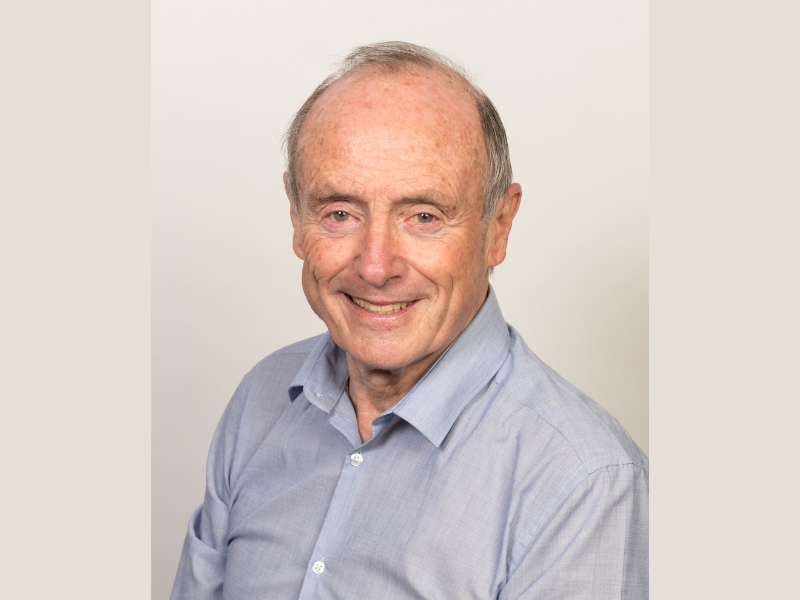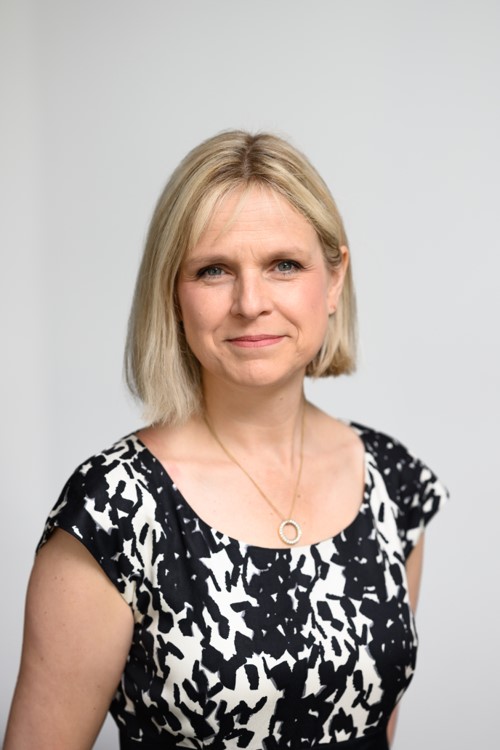Guest blog by Martin Hindle.
Martin has served as Chair of Health Innovation East Midlands (HIEM) since the organisation was set up in 2013. He will finish his fixed-term appointment at the end of March 2024, and in his guest blog below, he reflects on HIEM’s journey and the unique contribution all local health innovation networks have made over the past 10 years.
HIEM is seeking a new chair. Find out more about the role.
…
Over the past 10 years, I have been privileged to have served as the Independent Chair of the Governance Board for Health Innovation East Midlands, one of the 15 local health innovation networks.
When I joined the East Midlands in 2013 (one of 15 Academic Health Science Networks, renamed from October 2023 as health innovation networks), the NHS and wider health and care systems were just starting to understand the potential for innovation to be a game changer for enabling efficiencies, transforming outcomes for patients, and leveraging the potential for inward investment for ‘UK PLC’.
A decade on, we have discovered, developed, and deployed innovations that have benefited millions of patients, and created or safeguarded thousands of jobs, as well as contributing billions of pounds to the UK economy.
Our greatest collective strength is the decade of knowledge, experience, and relationships we build to help health innovation go further, faster.
In the East Midlands alone our work has positively impacted the lives of more than 780,000 people since 2013, and by supporting commercial innovators to develop and scale their technologies we have been instrumental in leveraging more than £84.3m for our region.
At the end of March 2024, I will pass the baton to a new Chair and so it is appropriate to reflect on what I have learned from being part of the Network:
- The Covid-19 pandemic has reinforced the absolute imperative to nurture and invest in a strong innovation infrastructure,alongside our strong UK research sector. Ambitious innovation works best when all partners in the ecosystem are supported to play specific, but co-ordinated, roles.
- To realise their full potential to make a difference, healthcare organisations and companies need to have an innovation support infrastructure that provides the support, advice, and expertise they need. No other group of organisations in the UK can do this in the way we Our collective impacts speak for themselves; the local health innovation networks are a priceless resource for our NHS and wider health and care systems with unrivalled insight into the conditions for innovation to not only spread, but also sustained. Deep understanding of local systems is key.
- Involving patients and addressing health inequality are critical considerations for innovation to be successfully developed, spread, and sustained. At Health Innovation East Midlands we have championed these issues since For example we embed equality assessments across our programmes, we help build system capability through access to training, resources, and toolkits, and we also host the East Midlands Patient and Public Involvement Senate, which has representation on our governance board.
- Innovation can be complex, but it canalso be quick and With tailored support and advice, we can help supercharge transformative change, driving innovation further and faster than has been achieved in the history of the NHS.
- When innovatingnot everything can or will That is inherently true of innovation. Sometimes, promising early-stage innovations that we anticipate will fly, never take-off.
A project that exemplifies these learnings is our Focus ADHD programme, which started in the East Midlands as a local initiative prior to adoption across England via all the local health innovation networks between 2020 and 2023.
The programme was based on a digital technology called QbTest, which measures all three components of ADHD (attention, impulsivity, and activity). When used alongside clinical assessment it speeds up diagnosis and frees up time to enable clinicians to focus on more complex cases.
The launch coincided with the start of the pandemic but despite this, the programme exceeded all its targets. This technology is now being used in 69 trusts across 150 clinics, benefitting more than 65,000 children and young people since its introduction.
Our learning is captured in a new ‘blueprint’ document launched in December, “Innovation implementation, readiness and resourcing”. This valuable insight is relevant to anyone seeking to develop and successfully implement an innovation or transformation programme within health and care settings.
On a final note, I will take this opportunity to pay tribute to my colleagues across all health innovation networks for their continuing outstanding work.
Having read this blog, you may be interested in applying to become the new Chair of Health Innovation East Midlands.
If successful, I am sure that, like me, you will be energised by working with such a fantastic team at the forefront of health and care innovation. I can promise that you will be in for a stimulating and enjoyable journey, perhaps one of the most enjoyable professional journeys of your life!

The government has set out three shifts it wants to see happen: treatment to prevention, hospital to community, analogue to digital. HealthTech has a crucial role in supporting the delivery of all three. But using technology to help deliver these changes requires procuring the technology, and when all the noise is about there being no [...]

Dr Anish Bhuva, is the founder of Pace MRI, a Consultant Cardiologist at Barts Heart Centre and an Associate Professor at University College London. Tell us about the innovation. What does it do, how does it help, who does it help and why is it important? Pace-MRI is an award-winning digital tool that manages complex [...]

As we celebrate International Women’s Day, Anna King, Commercial Director at Health Innovation Network South London, identifies how FemTech is 'Accelerating Action' in UK healthcare and driving economic growth. In recent years, FemTech - the sector focused on women’s health and wellness technology - has gained significant traction globally. In the UK, this growing sector [...]









